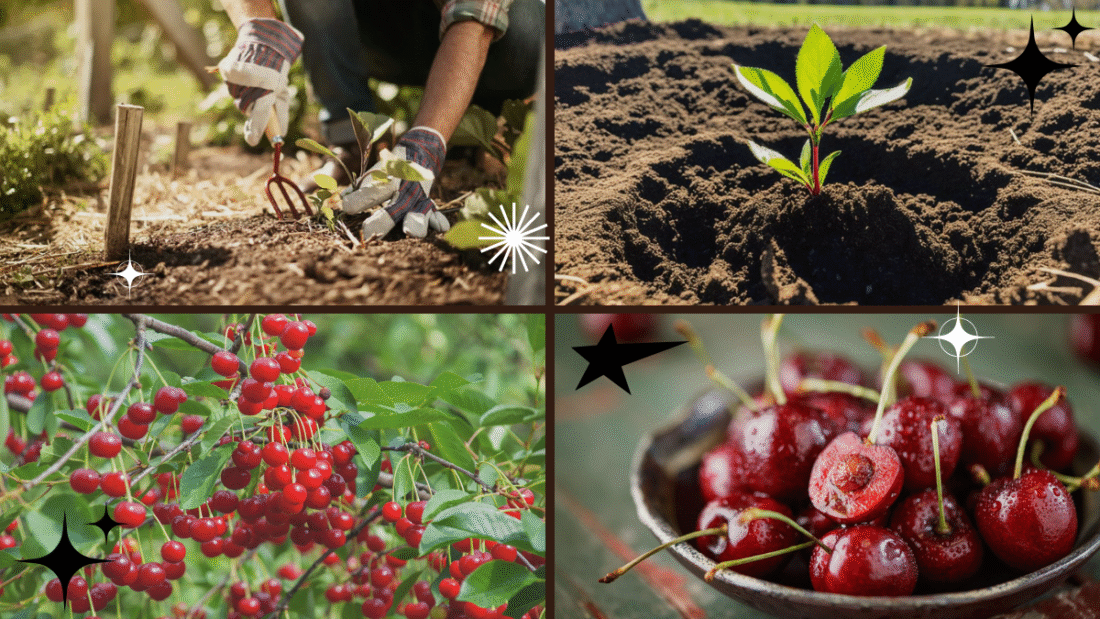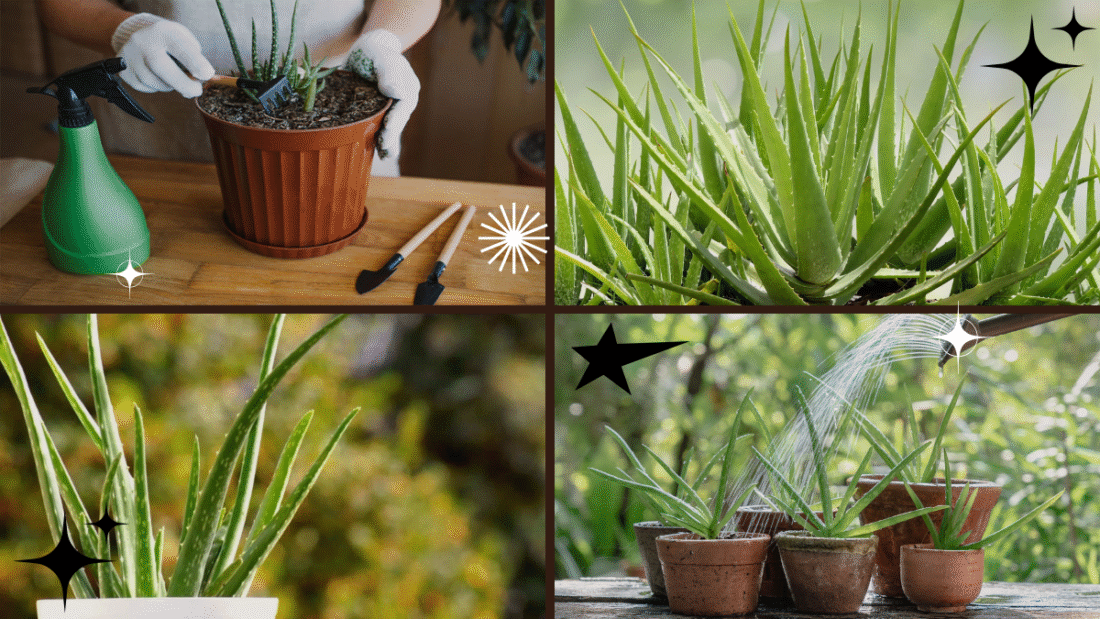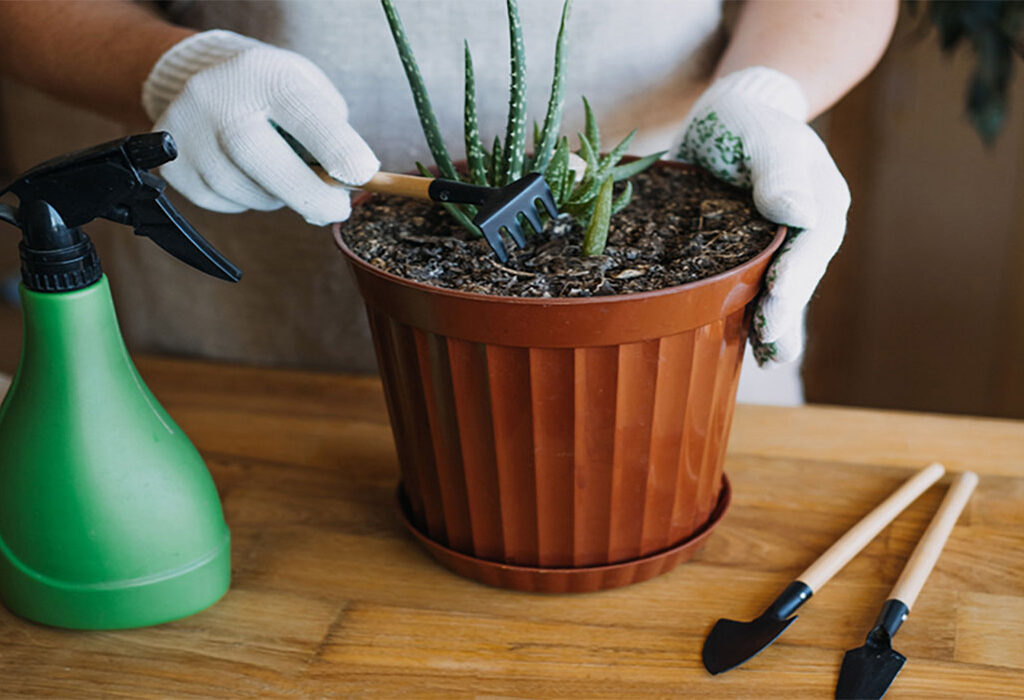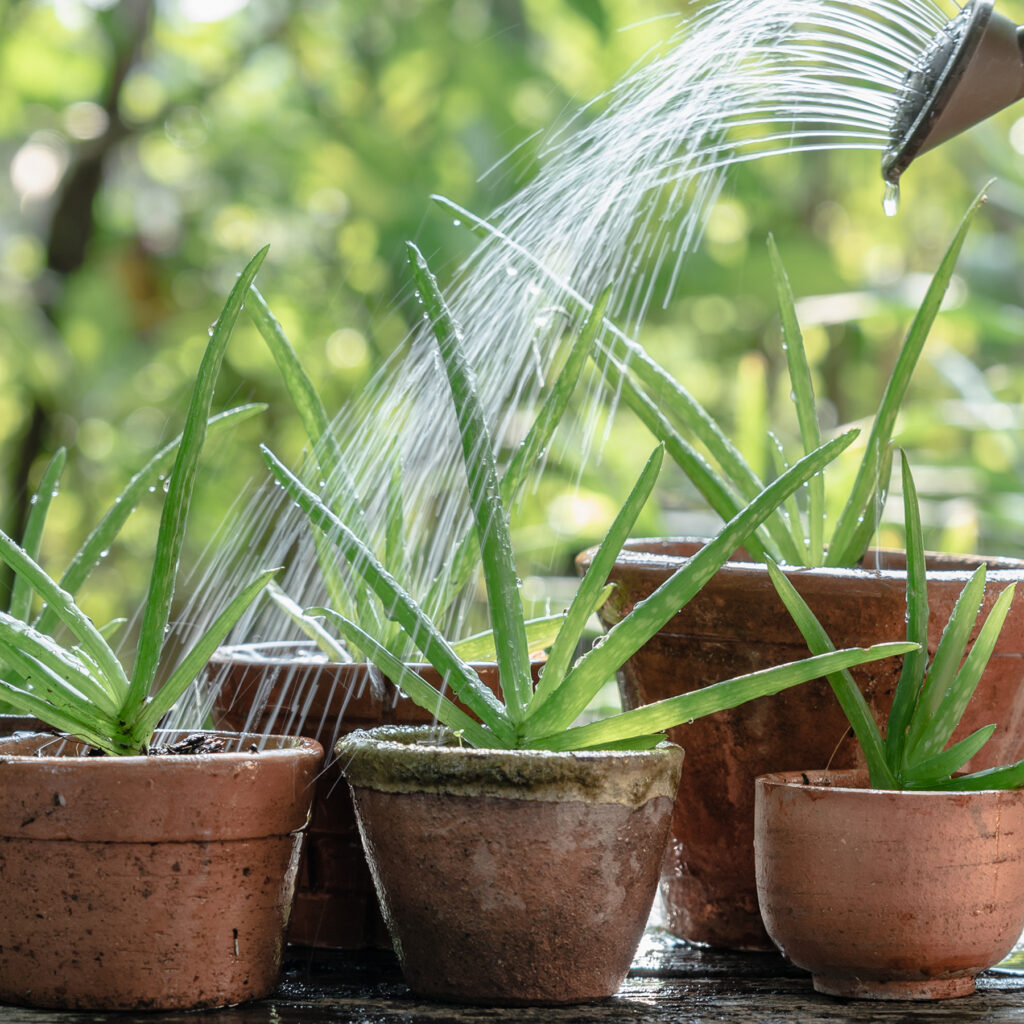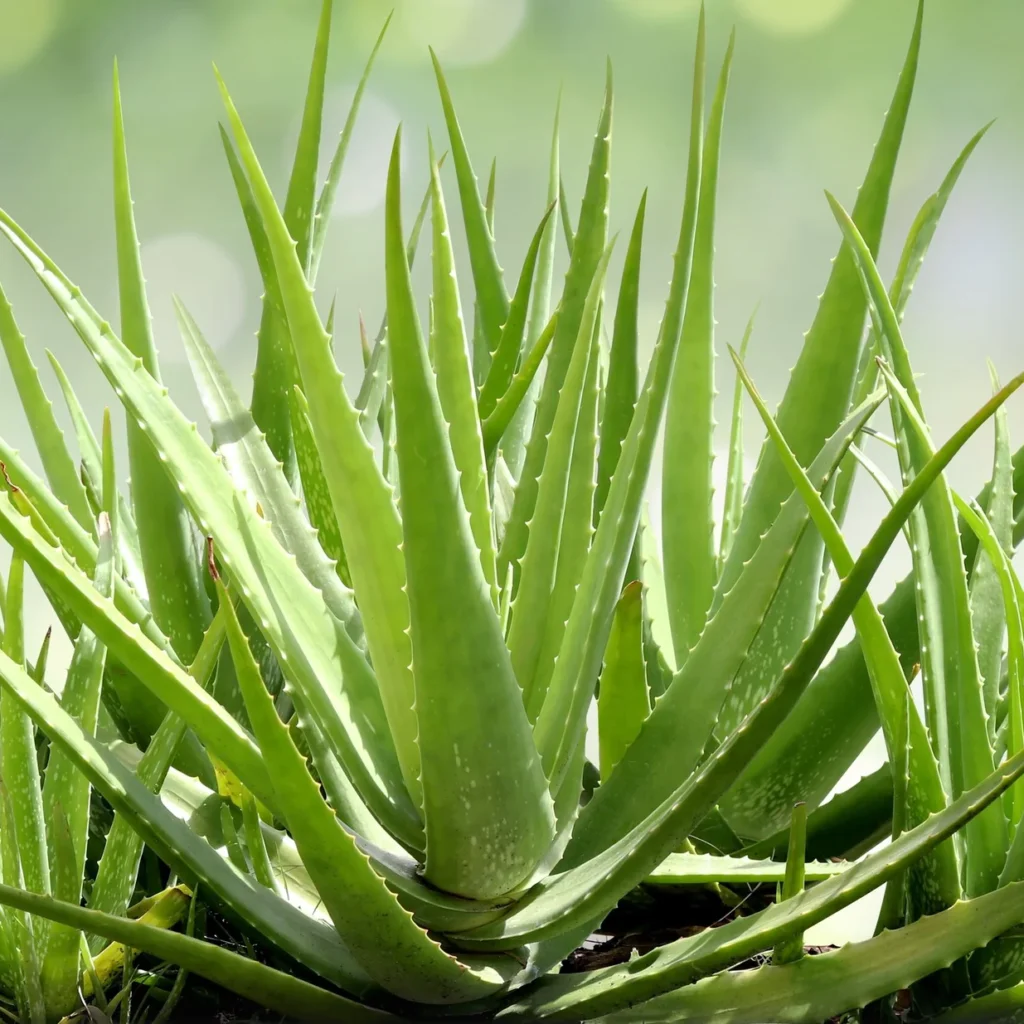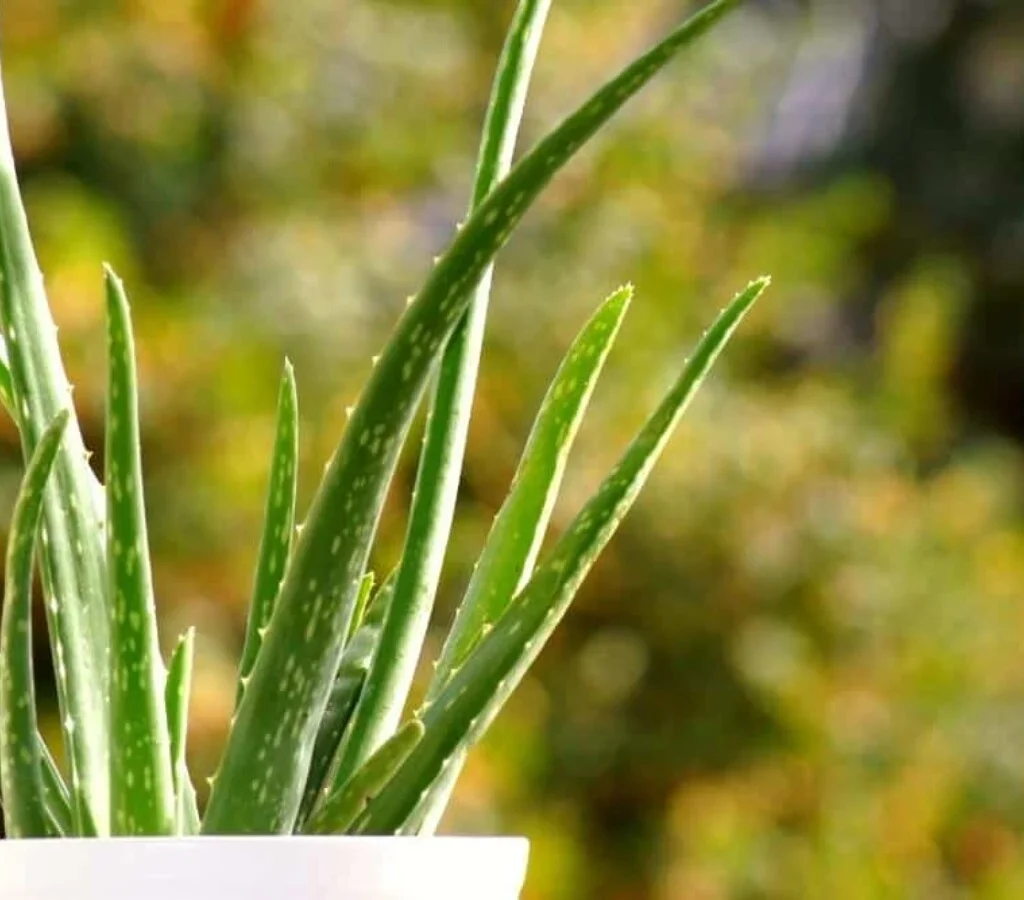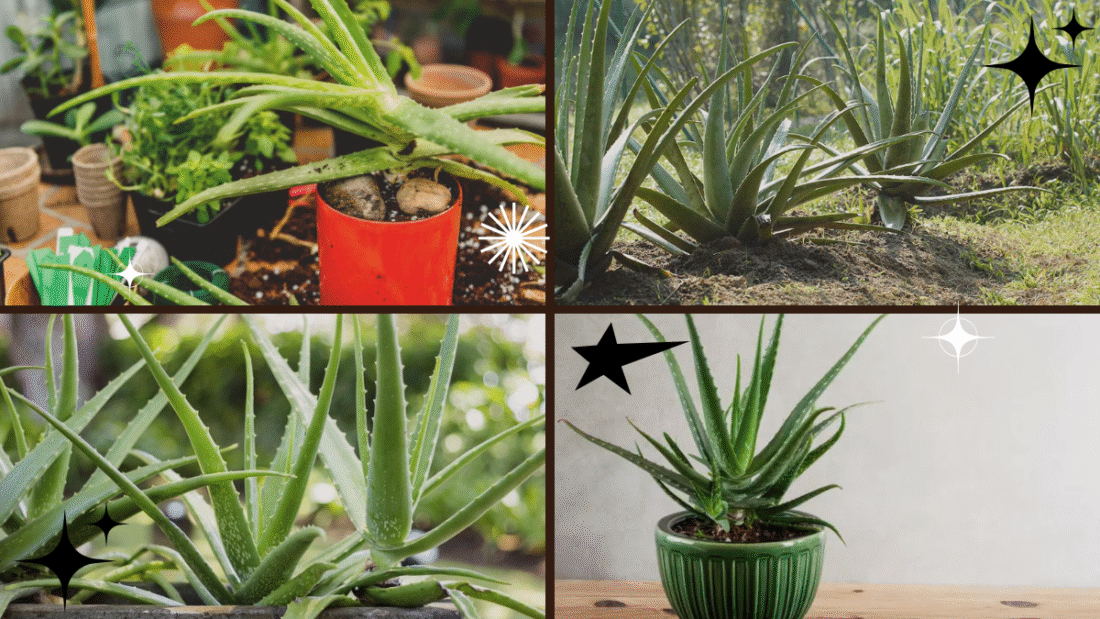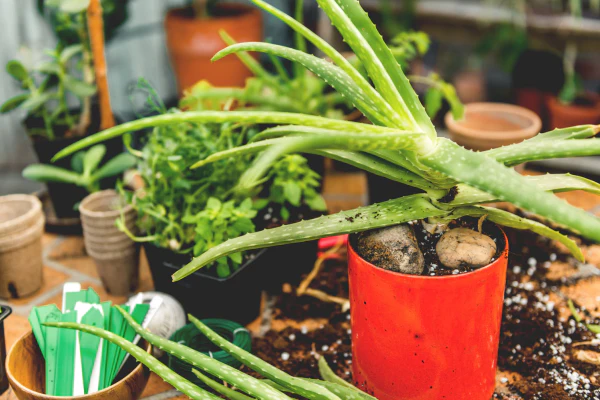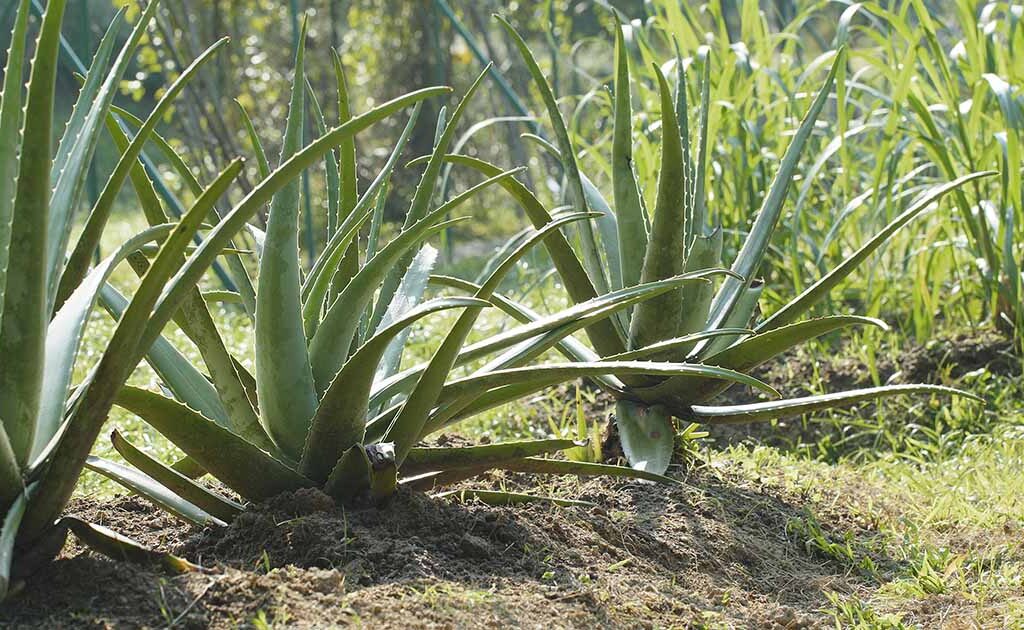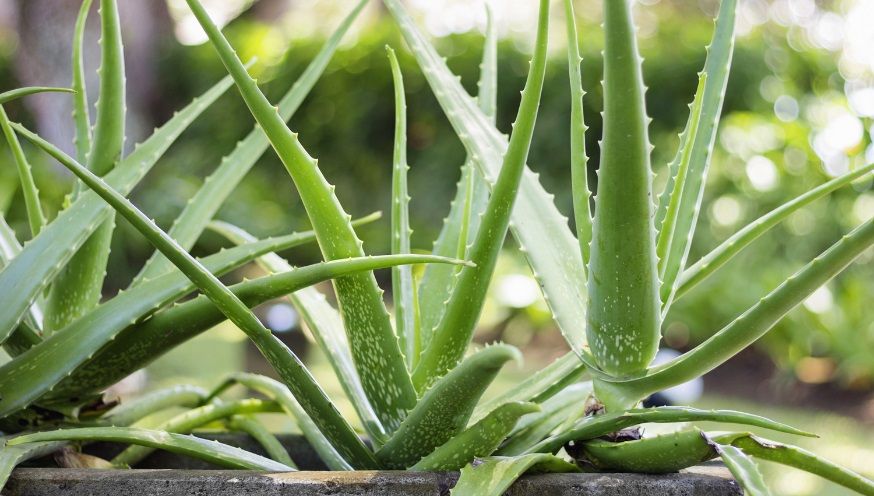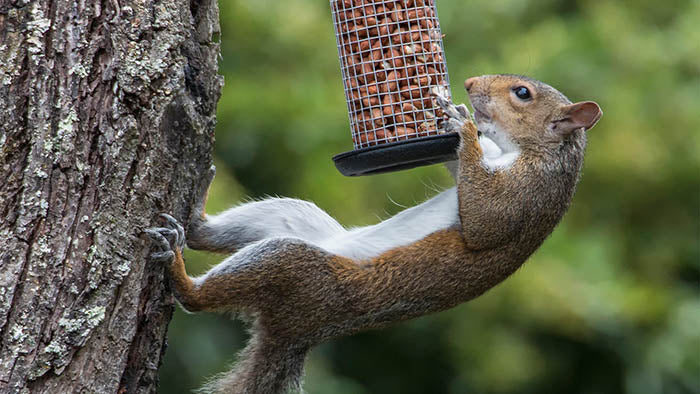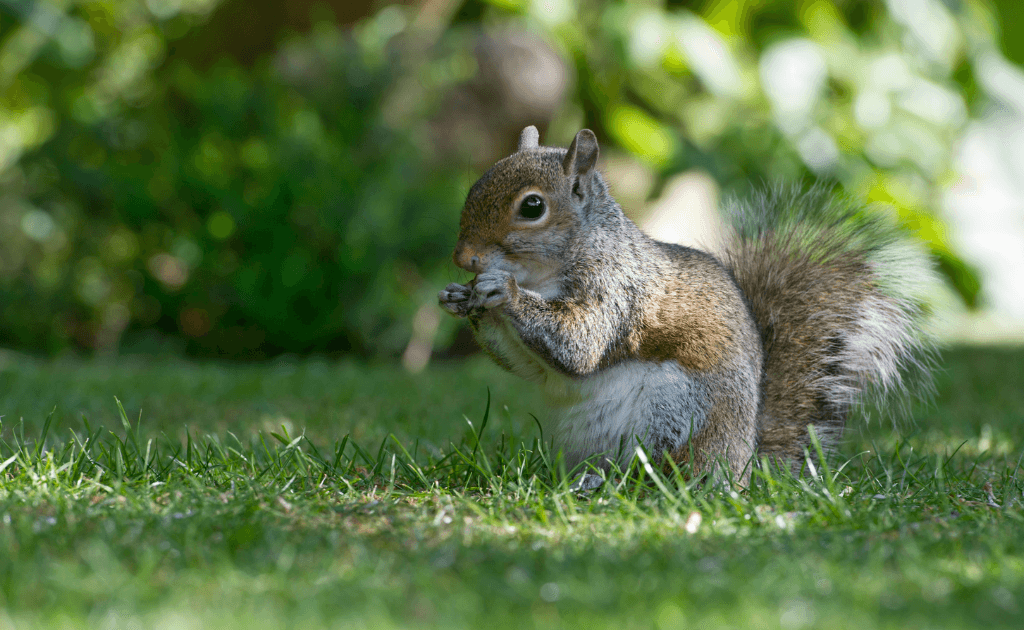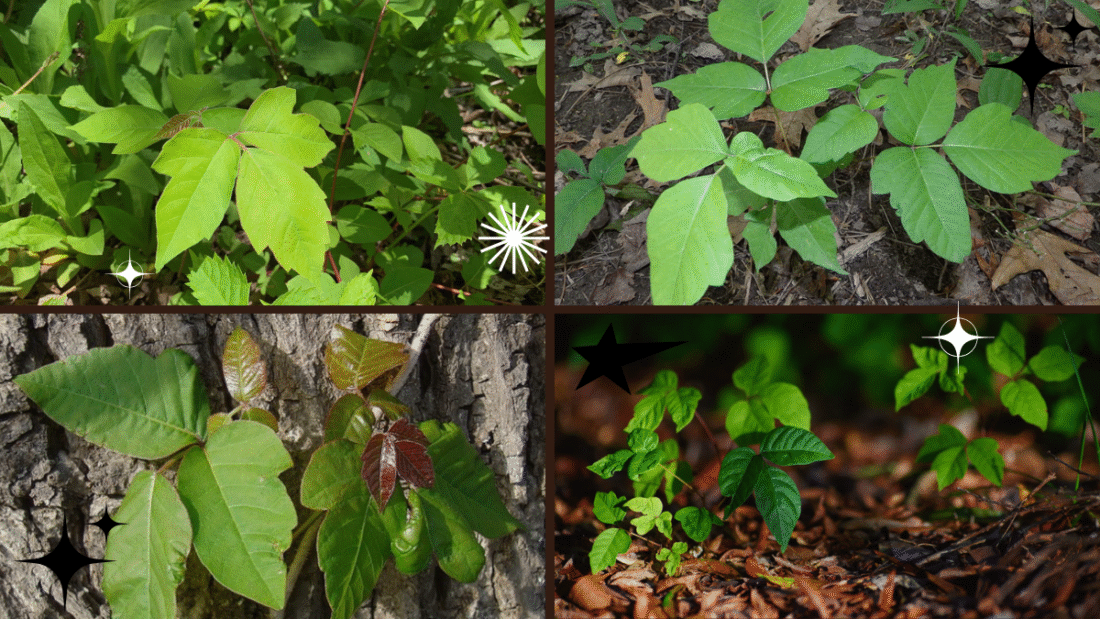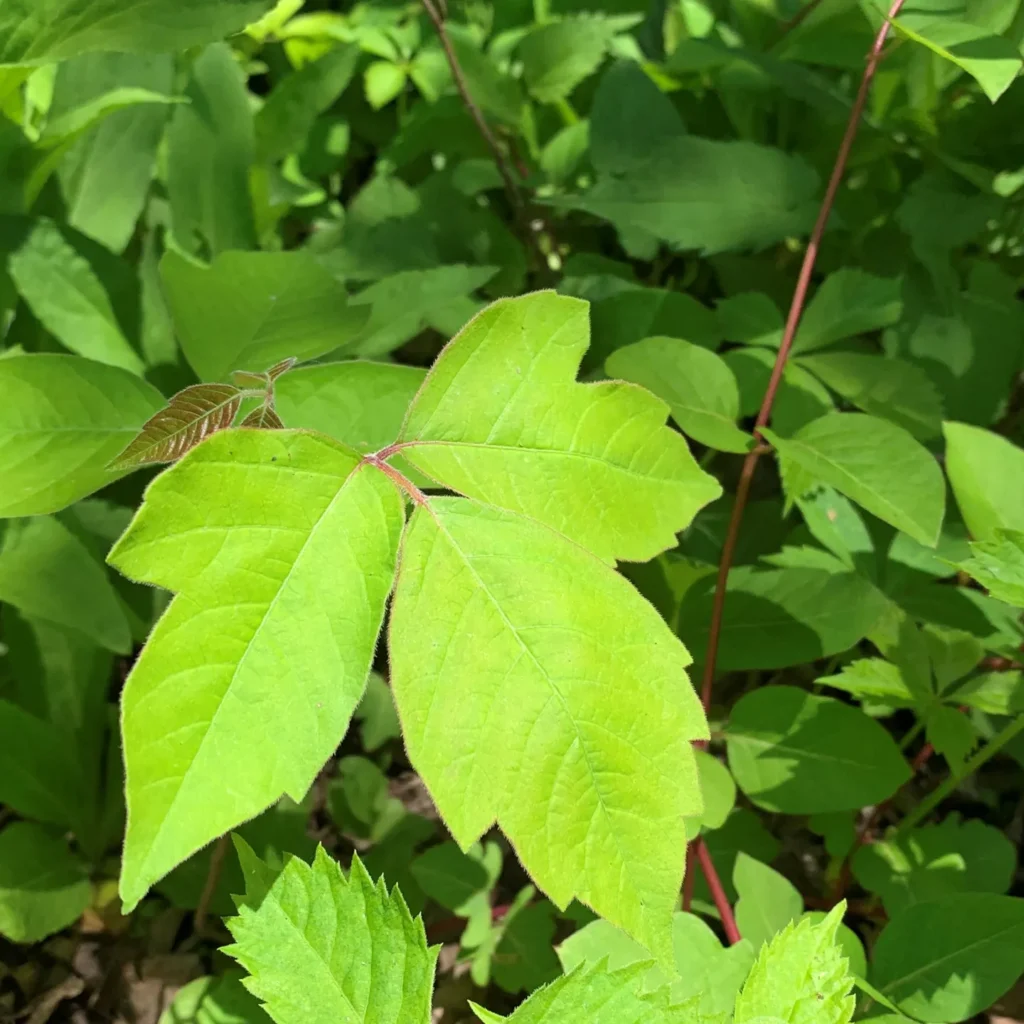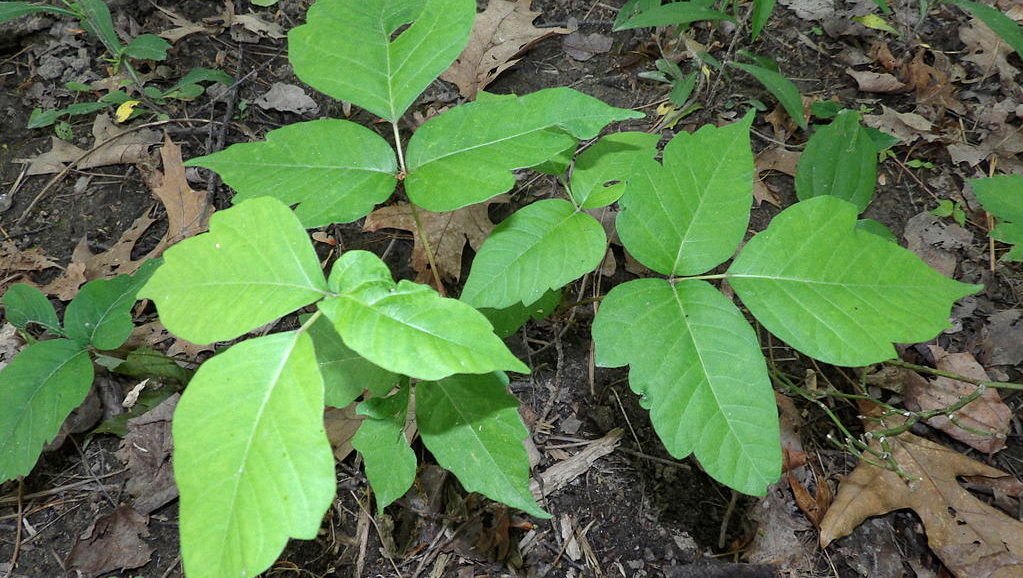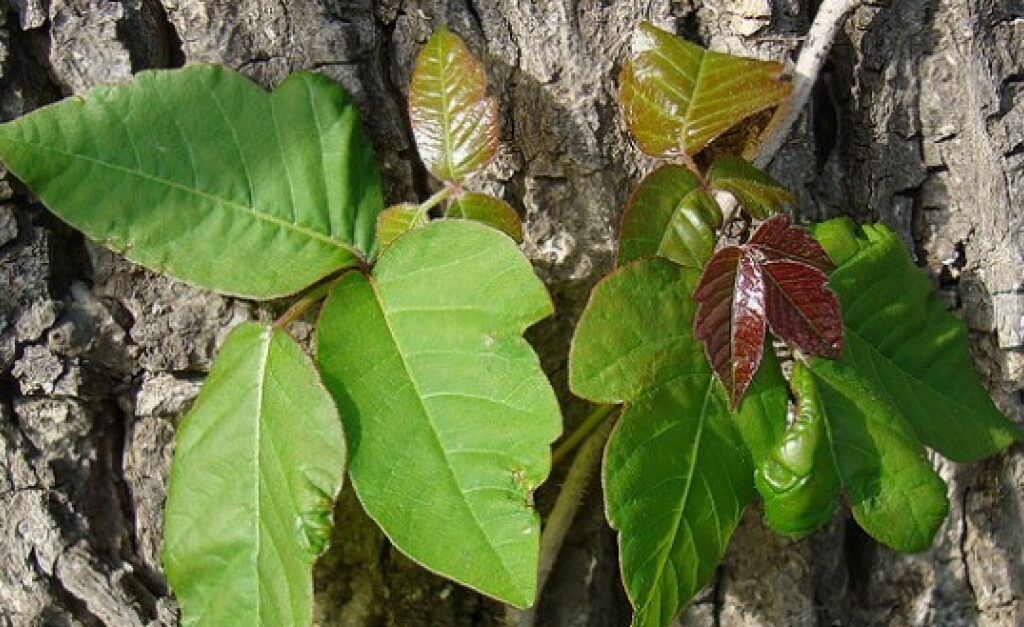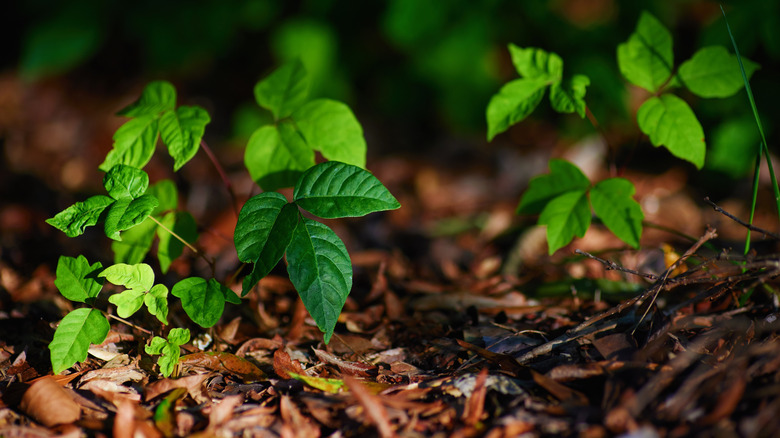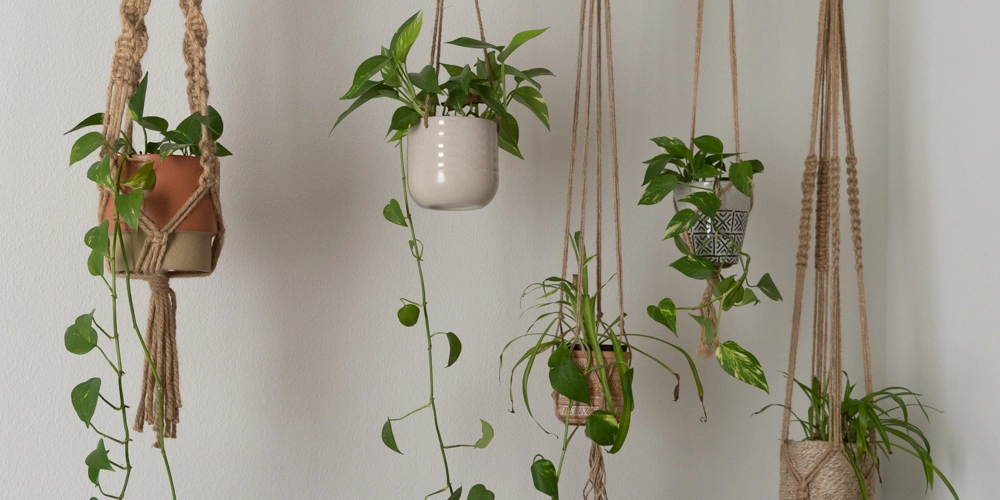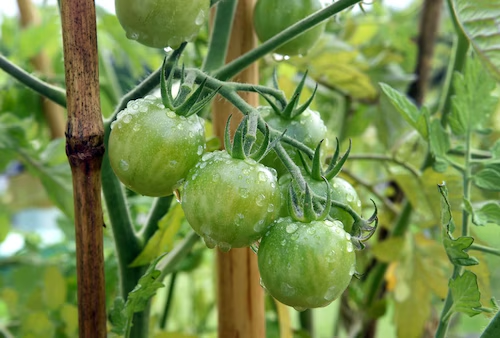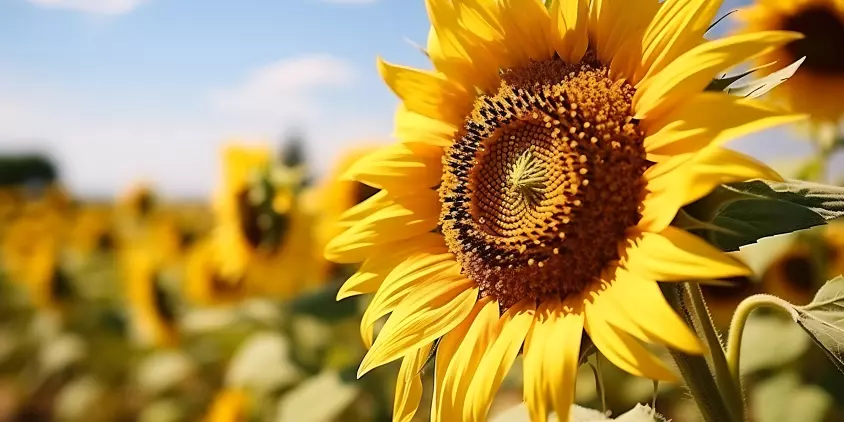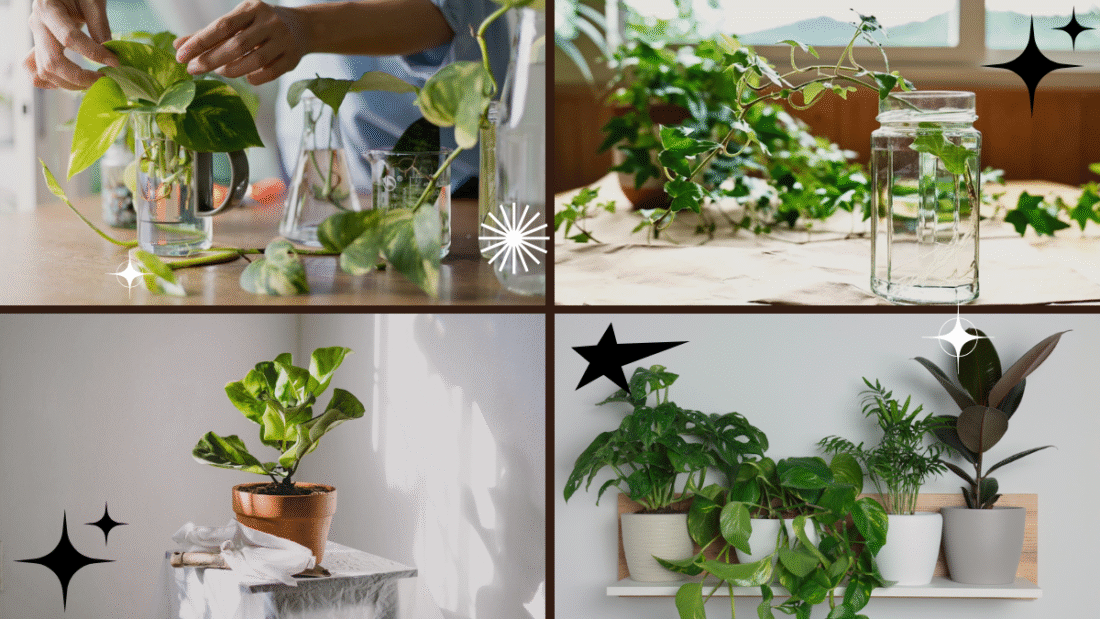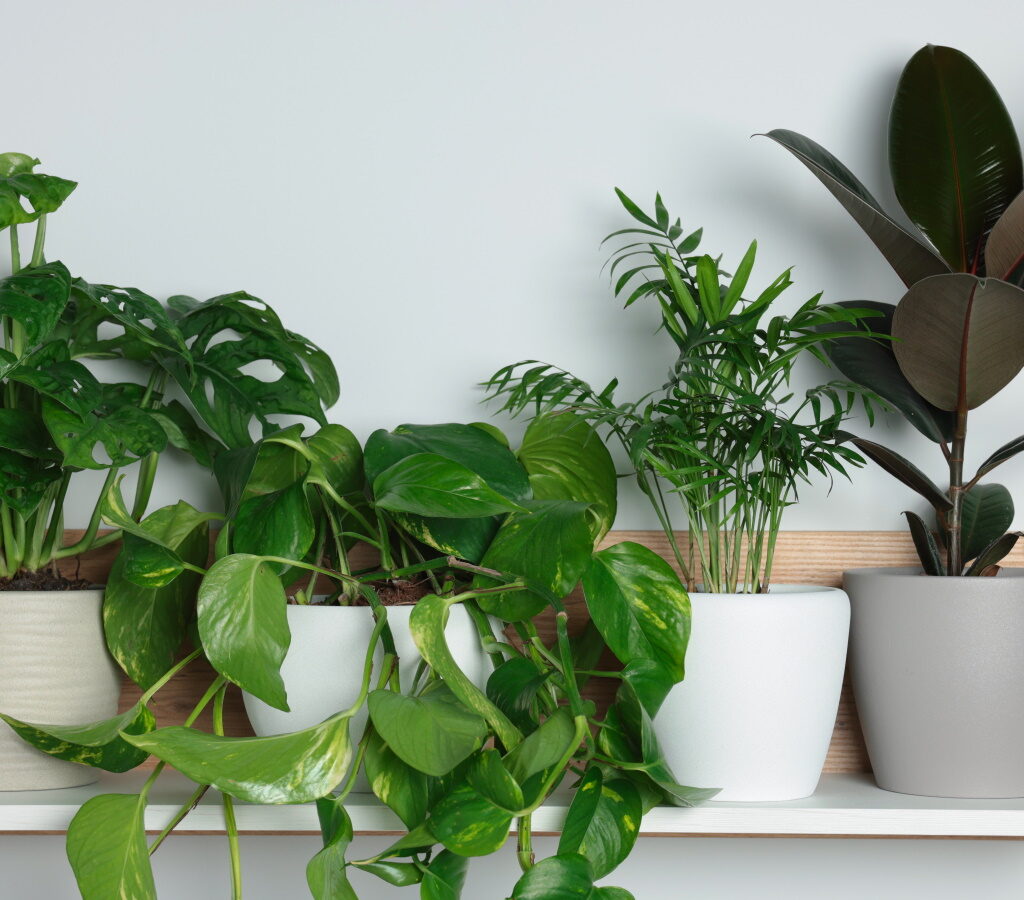There’s something deeply satisfying about growing a fruit tree from scratch, especially when it starts with something as simple as a cherry pit. While it takes patience and care, planting a cherry pit can one day reward you with a beautiful flowering tree that offers delicious fruit and adds ornamental charm to your garden.
In this comprehensive guide, you’ll learn step-by-step how to plant a cherry pit for future trees — from selecting the right seeds to caring for the young saplings. Whether you dream of juicy sweet cherries or tart varieties for pies and preserves, this guide has everything you need to get started.
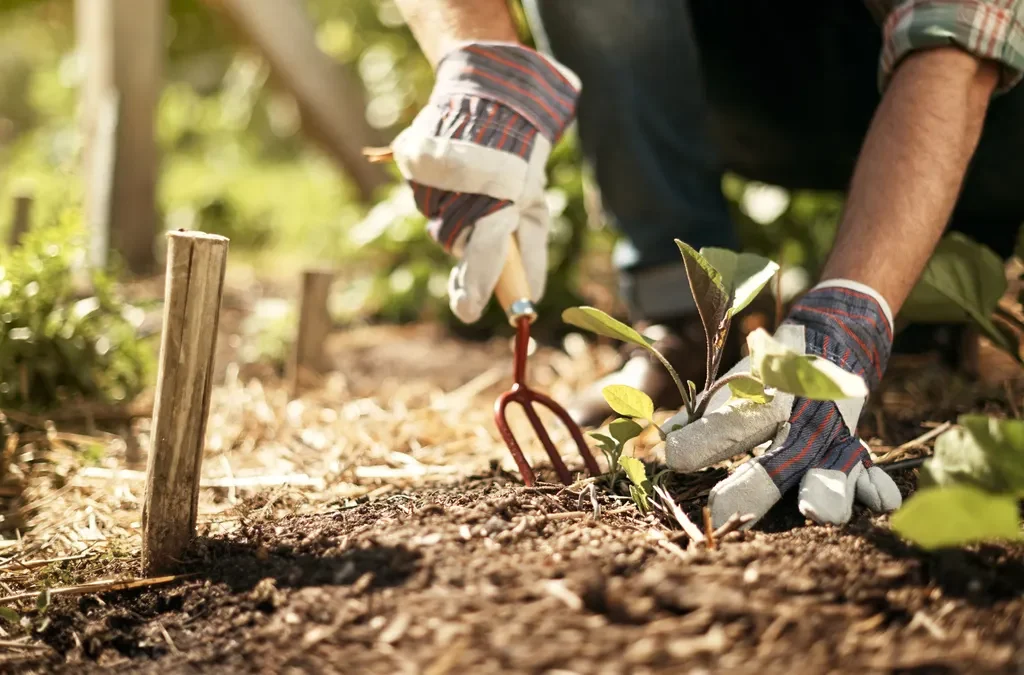
Why Grow Cherry Trees from Pits?
Growing a cherry tree from a pit may seem like a long-term commitment, but it offers plenty of benefits:
- Budget-friendly: No need to buy nursery saplings.
- Satisfying process: Watching a tree grow from a tiny seed is rewarding.
- Beautiful landscape tree: Cherry trees are prized for their spring blossoms.
- Potential for homegrown fruit: With time and care, you could harvest your own cherries.
Do note that cherry trees grown from pits may not produce fruit identical to the parent cherry, and it might take 5-10 years for fruit to appear. Still, it’s an enjoyable gardening adventure for those with patience.
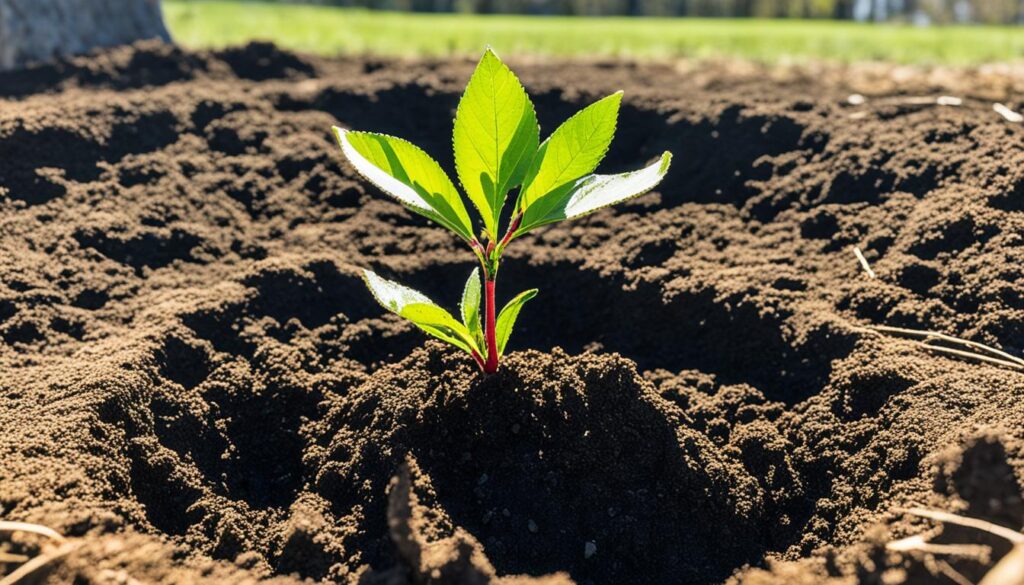
Step 1: Choose the Right Cherries
The first step is selecting suitable cherries for planting. Ideally:
- Use fresh, locally grown cherries — grocery store cherries may be treated to prevent sprouting.
- Decide between sweet cherries (Prunus avium) or sour cherries (Prunus cerasus), depending on your climate and taste preferences.
Pro Tip: If you live in a colder region, sour cherries tend to be hardier and more reliable for fruiting.
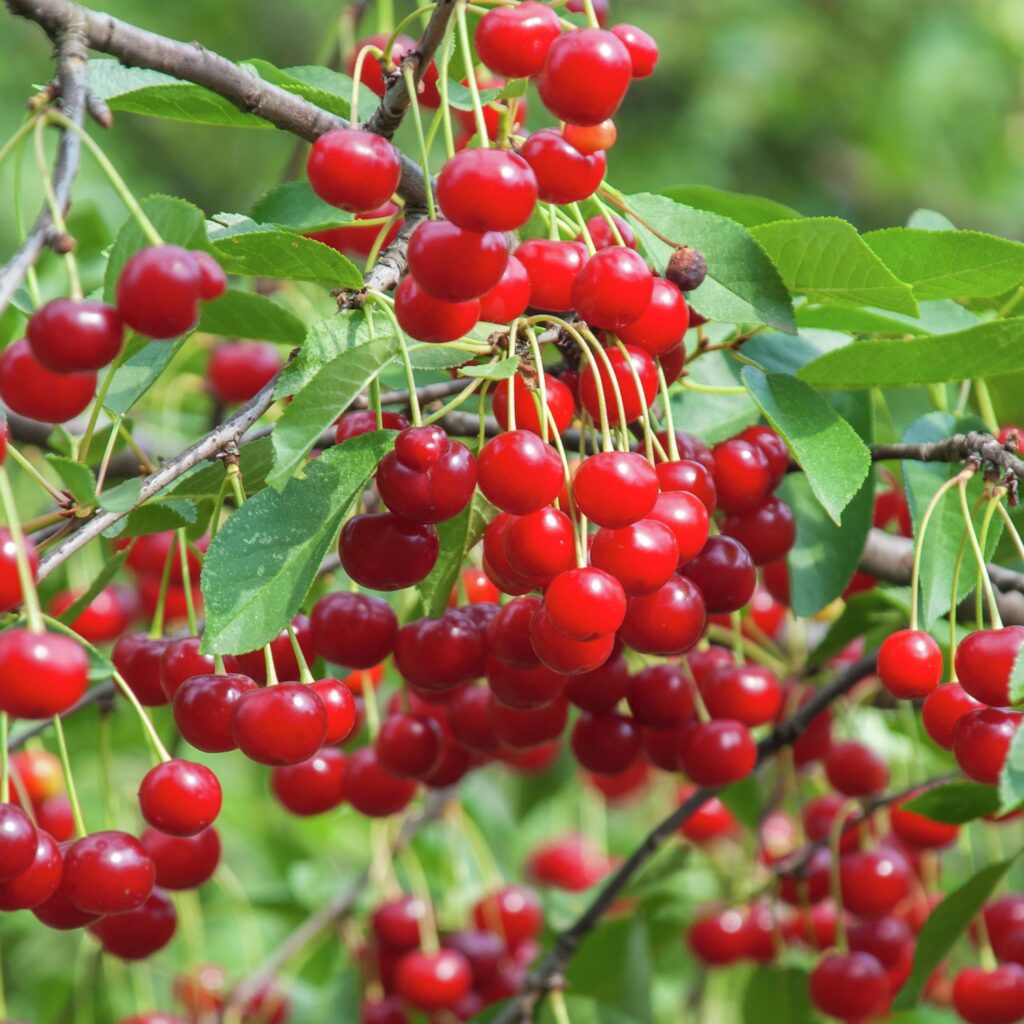
Step 2: Clean and Prepare the Pits
After enjoying your cherries, save the pits and clean them thoroughly.
How to Clean Cherry Pits:
- Rinse the pits under cool water.
- Scrub off any remaining flesh with a soft brush or cloth.
- Let them air dry on a paper towel for a day or two.
Once dry, you can move on to stratifying them — a vital step to mimic natural winter conditions.
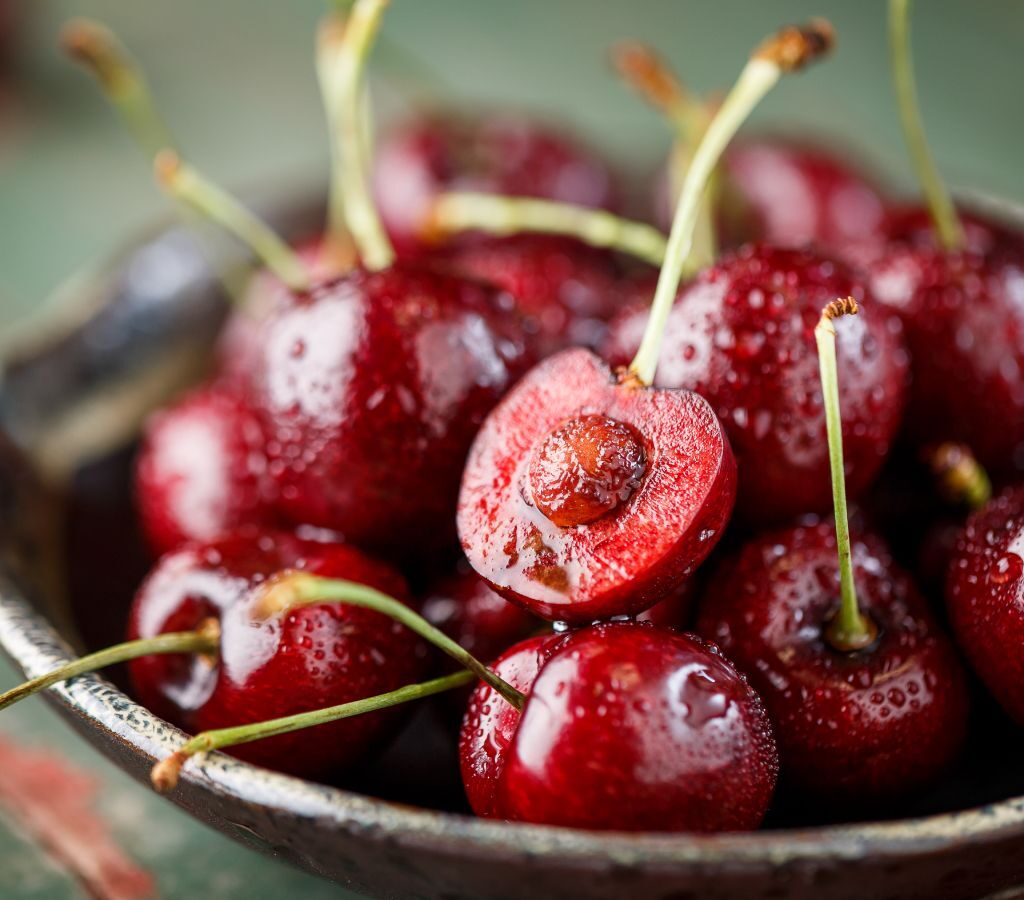
Step 3: Stratify the Cherry Pits
Cherry seeds require cold stratification to break dormancy and prepare them for sprouting.
How to Stratify Cherry Pits:
- Soak the pits in water for 24 hours.
- Drain and place them in a plastic bag filled with slightly moist peat moss, sand, or paper towel.
- Seal the bag and label it with the date.
- Place the bag in your refrigerator’s crisper drawer at about 33°F to 41°F (0.5°C to 5°C).
- Keep the pits in the fridge for 10-12 weeks.
Check periodically to ensure the medium stays slightly moist but not wet. You might spot tiny root sprouts near the end of this period.
Step 4: Plant the Cherry Pits
After stratification, it’s time to plant your cherry pits either indoors in pots or directly outdoors if the weather is mild.
Indoor Planting:
- Use small pots filled with a high-quality seed-starting mix.
- Plant each pit about 1-2 inches deep.
- Water gently but thoroughly.
- Place pots in a sunny location or under grow lights.
- Keep the soil moist but not soggy.
Outdoor Planting:
If planting directly in the ground:
- Choose a sunny, well-drained location.
- Plant pits 2 inches deep and about 3 feet apart.
- Mark the planting spot to remember their location.
- Protect with mulch to maintain moisture and warmth.
Step 5: Care for the Seedlings
Once the pits sprout, it’s time to shift focus to nurturing the young seedlings.
Light:
Cherry seedlings need at least 6-8 hours of full sun daily. If indoors, place them near a sunny window or use grow lights.
Water:
Keep the soil consistently moist but not overly wet. Water when the top inch feels dry to the touch.
Transplanting:
When seedlings are 4-6 inches tall and have several leaves, transplant them into larger pots or a prepared garden bed.
Spacing: If planting outdoors, space saplings 15-20 feet apart for sweet cherries or 8-10 feet apart for sour cherries.
Step 6: Support Growth in the First Year
Young cherry trees need extra care during their first year:
- Protect against pests like rabbits and deer using wire mesh.
- Water regularly, especially during dry spells.
- Apply a light layer of mulch to retain moisture.
- Avoid heavy fertilizing in the first year — overfeeding can cause leggy growth.
Step 7: Prune and Shape the Tree
Once your cherry tree reaches 2-3 feet tall, begin light pruning:
- Remove weak, damaged, or crossing branches.
- Maintain an open center shape to improve airflow.
- Prune during dormancy (late winter to early spring) to avoid disease.
Step 8: Pollination Considerations
Some cherry trees are self-pollinating (like ‘Stella’ or ‘North Star’), but most need a compatible partner nearby for cross-pollination.
If you’re aiming for future fruit harvests:
- Plant two or more compatible varieties.
- Ensure they bloom around the same time for effective pollination.
Step 9: Watch for Pests and Diseases
Keep an eye out for common cherry tree issues:
- Aphids, caterpillars, and Japanese beetles
- Powdery mildew
- Cherry leaf spot
- Brown rot
Use organic pest control methods and proper spacing to improve airflow and reduce disease risks.
Step 10: Be Patient — and Enjoy the Journey
Growing a cherry tree from a pit is a long-term project that requires patience. It might take 5-10 years before you see your first cherries. Even if your tree never produces perfect fruit, it will reward you with lovely spring blossoms and elegant structure.
Final Thoughts
Planting a cherry pit for future trees is an enriching, eco-friendly gardening project that reconnects you with the natural growth process. While it demands patience and care, the reward of watching a tree rise from a tiny seed is worth the wait.
Whether you aim to harvest your own cherries or simply enjoy the ornamental beauty of cherry blossoms each spring, following these steps will give you a strong start in your fruit-growing journey.

